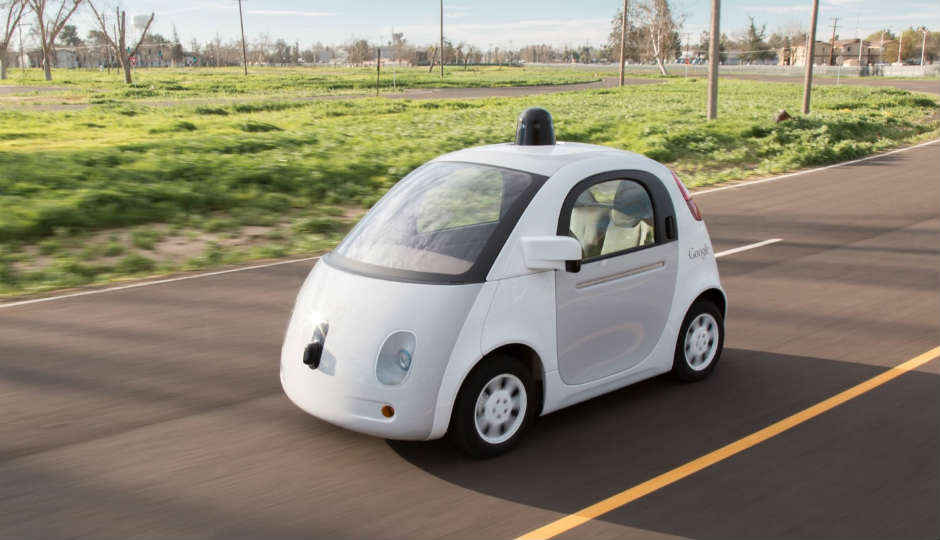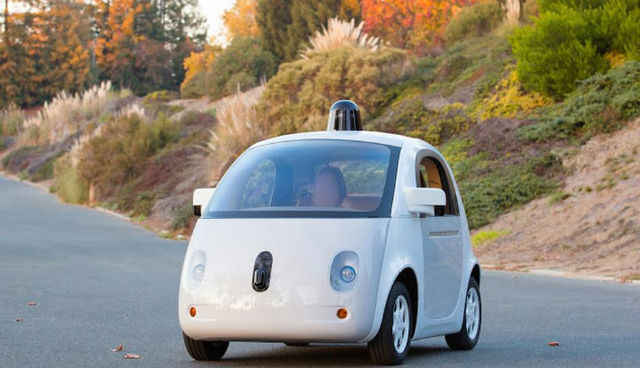Waymo retires the two-seater Firefly to focus on Chrysler production minivans

The rather cute, dome-shaped vehicle has been of tantamount importance to Google's self-driving research, and will retire after its final trip in October 2017.
Unless you have been living under a rock, chances are slim that you haven't seen a photograph of Waymo's tiny little self-driving experiment vehicle. Nicknamed 'Firefly' by the Google-backed company, it has been pretty much the poster car for autonomous driving stories around the web, and as such, holds pioneering status as being one of the world's most important experiment vehicles that have helped progress this field.
Yesterday, Waymo posted from its official thread on Medium that it is shutting out operations for the Firefly. The final version of Firefly, the prototype experiment vehicle for Google's autonomous driving endeavours was rolled out back in 2014, and since then, has racked up a number of achievements including travelling to a different city, driving around for millions of miles, and driven around a legally blind person without any human backup or controls – thereby being the very first self-driving vehicle in Google's history.
Waymo has now moved beyond the experimental stages, and aims to bring the autonomous driving technology to production vehicles. It will now be using Chrysler Pacifica minivans fitted with Google's custom computer vision systems, which will give the company a more realistic consumer situation. These minivans present better ride comfort, along with realistic dimensions based on which the technology can evolve further.
The Waymo Firefly will travel to the Amazon Science Center in Phoenix, Arizona, following which it will travel to Austin, Texas in October to celebrate two years of its first truly autonomous trip. After this, it will be on display at the Computer History Museum at Mountain View, California and the Design Museum in London.





